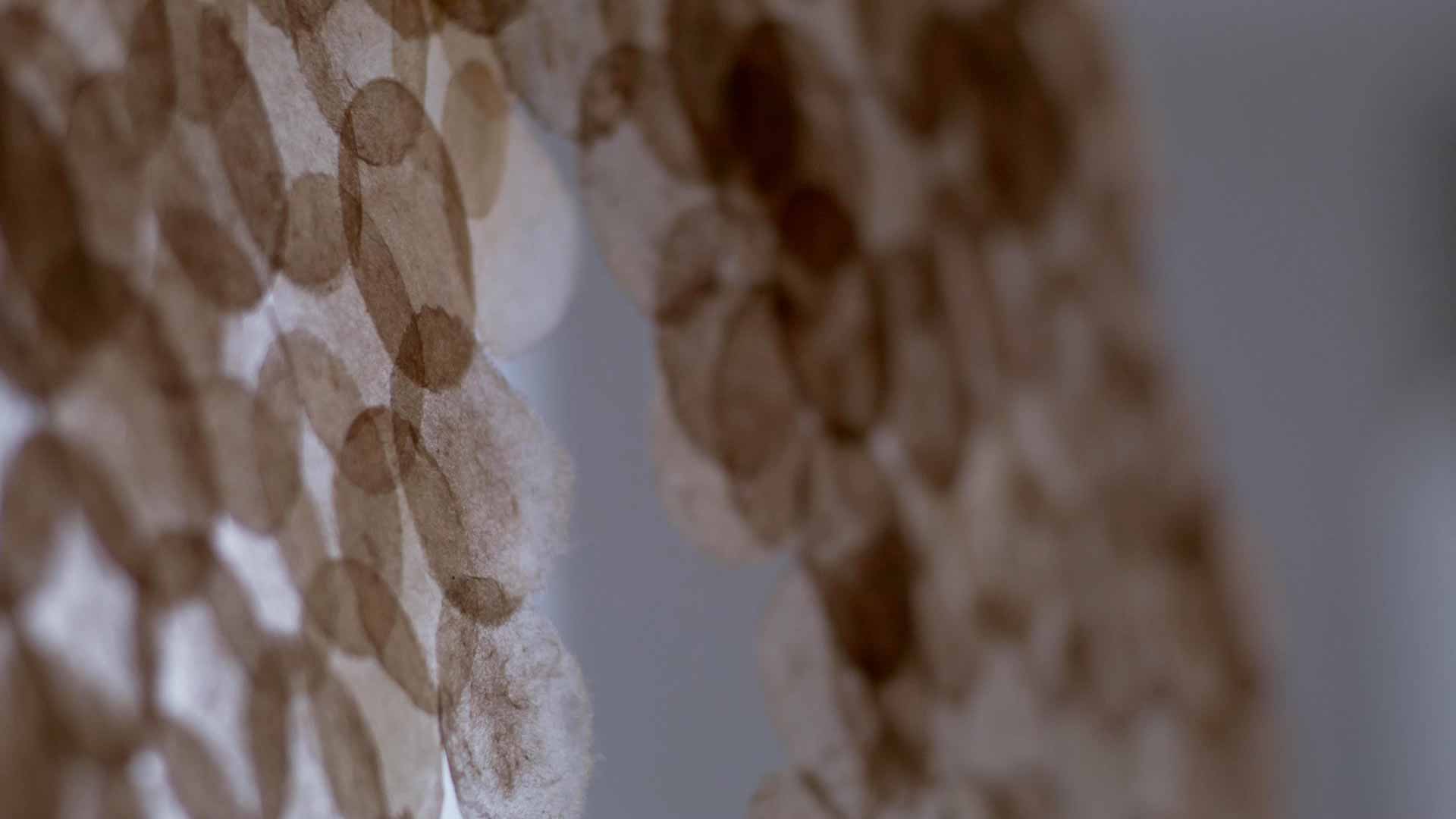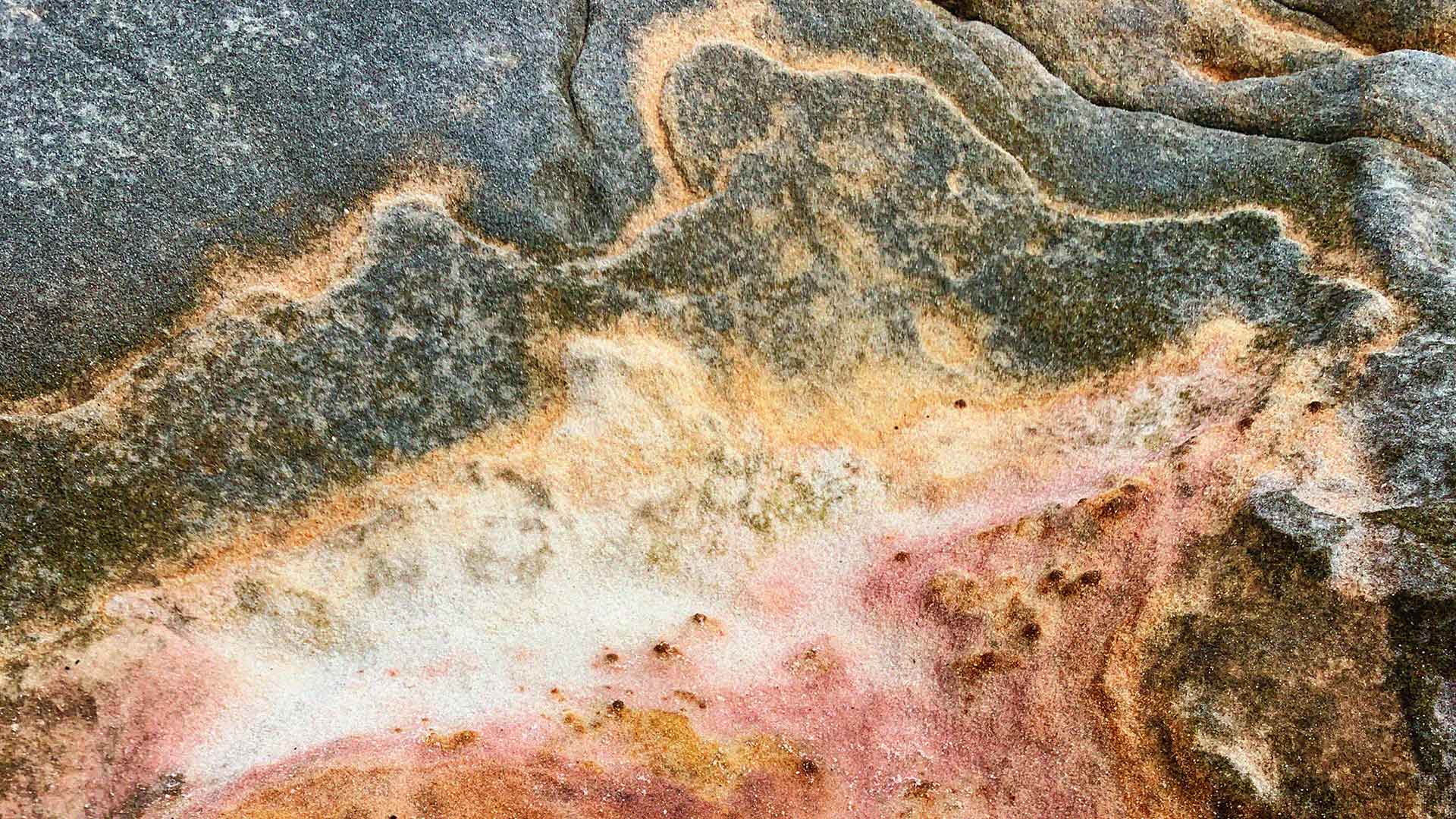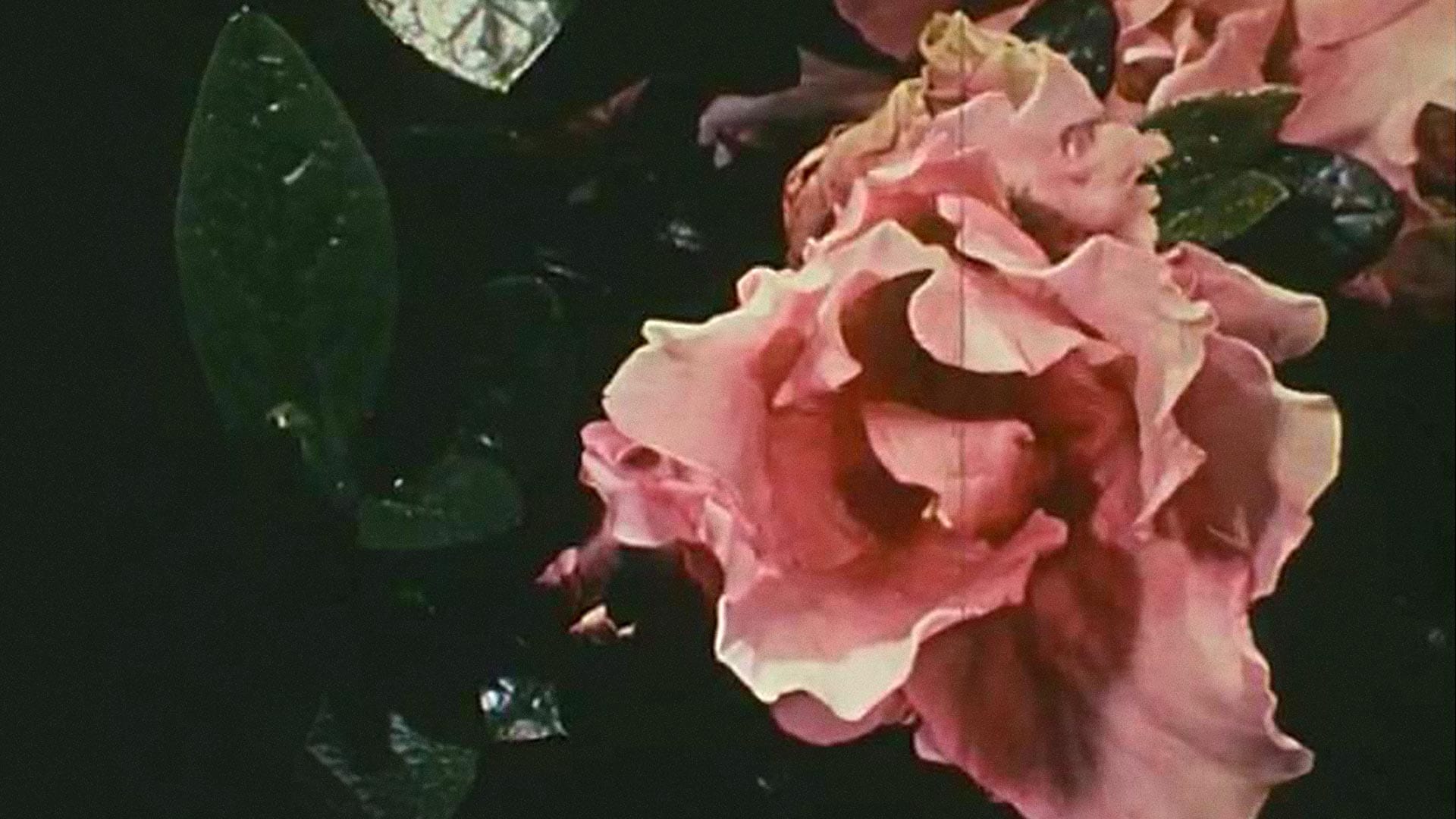Each year Chuseok signals a shifting in the seasons across Korea. Occurring around the Autumn equinox, this three-day Harvest festival is abundant in food, wine, and ceremony. Chuseok invites Koreans across the diaspora to recall and rejoice in yesterday and today, family and neighbours, near and far. As the summer months slip by, it is a celebration to bring counsel to weary hearts and ignite enthusiasm for the remainder of the year—a chance to look to the future, and what is to come, while appreciating the past and what has been. It is tradition for Koreans to return to their ancestral homes for family reunions, around dinner tables laden with newly harvested rice and fruit dishes. It also custom to celebrate Chuseok with gifts to family, friends and colleagues, showing gratitude and giving appreciation to all recipients. In addition to offering complimentary bojagi wrapping, select Aesop stores in Korea host annual installations inspired by this time for reflection. Collaborations with the likes Choi Duk-Jao and Han Sun Ju—practitioners of jogakbo and gabae weaving, respectively—aim to visualise the rhythms of nature that the festival celebrates, through ancient artforms brought to life for current generations. This year is no exception.
Welcoming change with Chuseok
Seasonal celebrations

Jiyoon Yang: traditionally inspired modern sculptor
This year we are heralding the seasonal change and occasion of Chuseok with artist Jiyoon Yang. Yang expresses plant growth, natural flow, and the eternal harmony of light and shadow through the traditional Korean paper-making technique of hanji.
The hanji that Yang creates is considered through her own contemporary lens. She says that only when people face nature and realise its beauty will they have the heart to protect it. To communicate this through her work, Yang doesn't regard the environment as merely an object to be protected but strives to demonstrate the value of nature through its use as a source of artistic materials—making her artform a conscious comment on sustainability principles and practices.
Taking inspiration from the word ‘baram’—a Korean homonym, for both breeze and wish—Yang’s Harvest-inspired art celebrates change as a refreshing wind, bringing renewed energy and ambition as it blows. The movements of this wind can be discerned by the shapes made by nature as it is swayed. In her bespoke in-store installations, Jiyoon Yang creates and hangs hanji mobiles formed from Aesop packaging. The hanji is then swayed by the autumnal breeze as it moves silently through the space.
The below film shows Yang as she demonstrates her hanji discipline, interpreting it within our stores.
How did you arrive at making the work you do today?
Most of my works in the early days took forms more suitable for stationery. However, as their size and volume increased, they have taken the shape of hanging mobiles made with hanji pieces. I have found that this format is unique for capturing certain characteristics of the material, as the hanging helps light travel through hanji and reveals its unique properties.
What does your daily practice look like and how does it influence the creation of your work?
Every morning, I start the day by cleaning up the studio and thinking about the list of work for the day. Dealing with hanji requires precise actions and time management at each stage, just like cogs in a machine. Therefore, the most important aspect of my daily routine is concentrating on the work with a tightly organised mindset and environment, to prevent any possible mistakes. With strong self-discipline, I try to work at a steady pace without creating unexpected incidents. This pursuit of an ordered state of mind is reflected in my artwork.
How has the natural environment inspired you and your work?
I was drawn to the fact that hanji is a traditional material that embodies the wisdom of our ancestors. By the time I started working with hanji, I had also been on a mission to champion sustainability. So, I studied specific materials that could be used for my work without having a negative impact on the environment. I finally found a form of hanji which can be produced by mulberry trees without cutting them down.
The movements of Mother Nature are also an inspiration for many aspects of my work. Just like the lyrics to my favourite song, ‘Dream of Becoming Water’ by Lucid Fall, I am inspired by water droplets as they become the ocean or clouds that then influence the wind. As such, concepts of infinite expandability and the cycle of water tend to be reflected in the construction of my pieces.
How do you honour the changing seasons?
As time goes by, I feel the changing seasons more in the concept of cycles, such as those of birth, aging, sickness, and death. Therefore, I wanted to apply my notion of cycles to seasonal changes in collaboration with Aesop. I wanted to create artwork linking the inherited meaning of Chuseok with today's interpretations and those we will continue to develop in the future. I do hope that this year’s collaboration will help bring about a new season for all those affected by seemingly endless difficulties. A new season where we can all return to our normal lives.
If you were an aroma, a building or a song, what would you be?
Aromas, buildings, and songs all provide different types of inspiration to me, but music is the most influential of them all. It is music that fills the space and stays by my side while I am working. This allows me to dwell on the lyrics of the songs, reminding myself I am not alone. In this regard, the message or context expressed through song lyrics influences me a lot.


